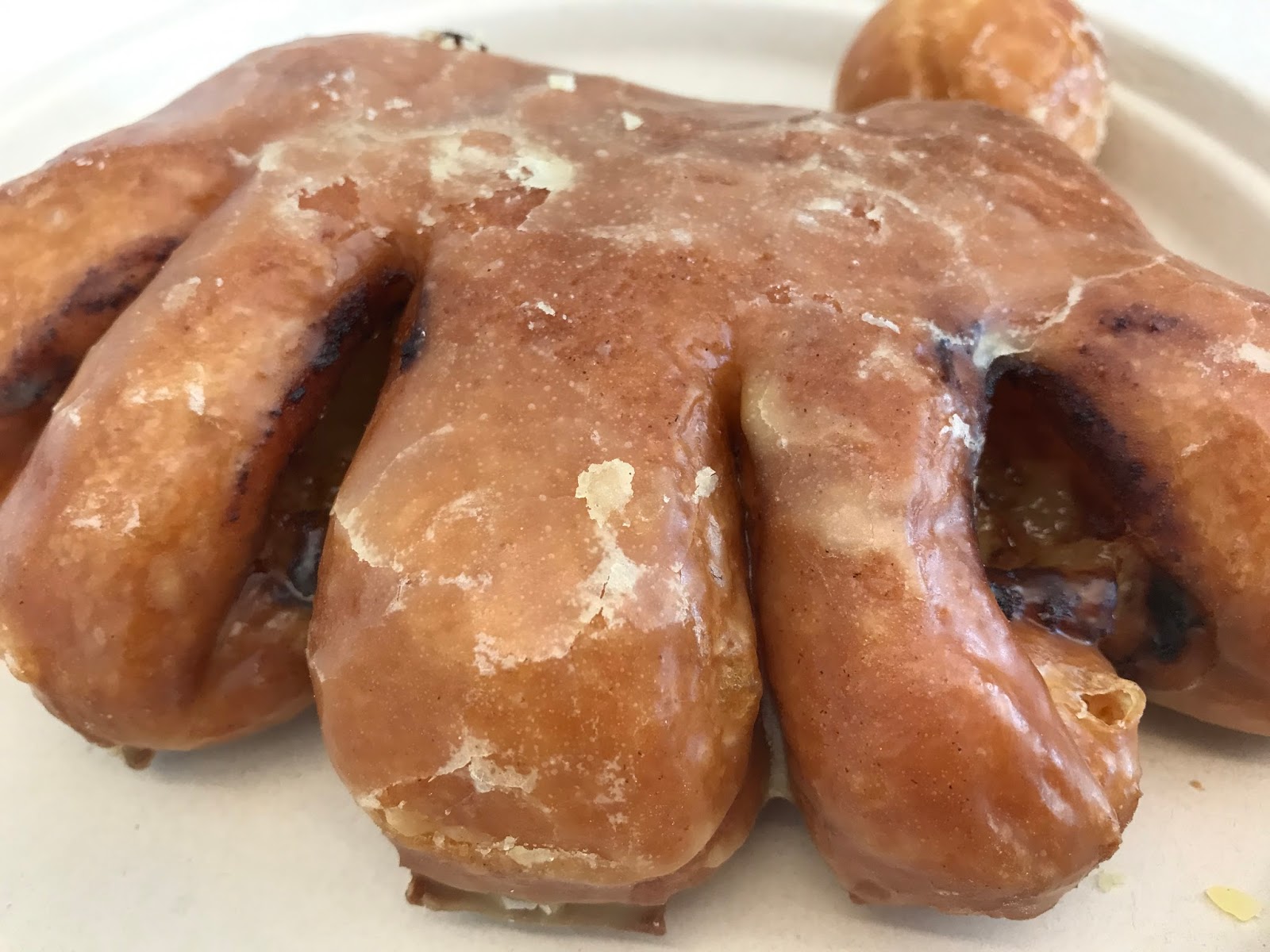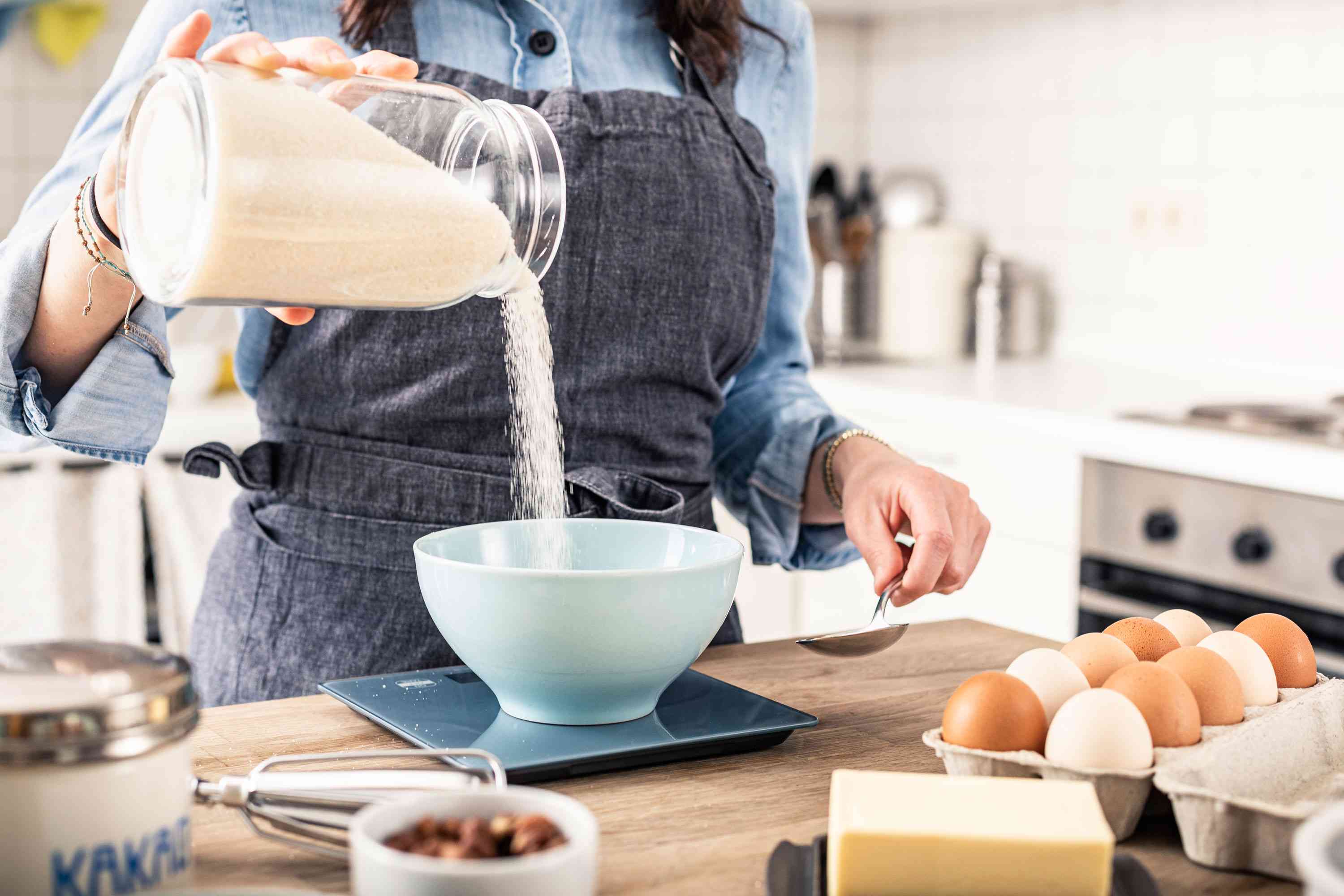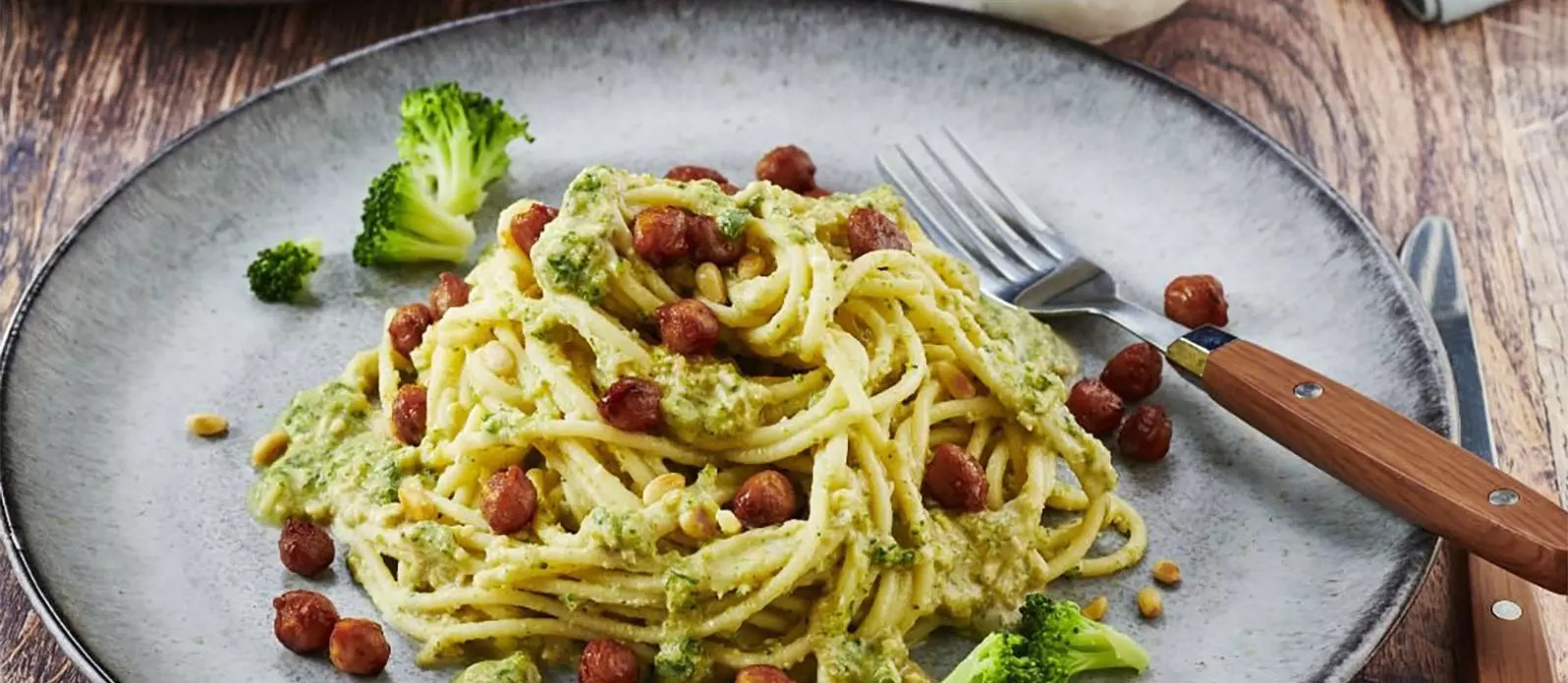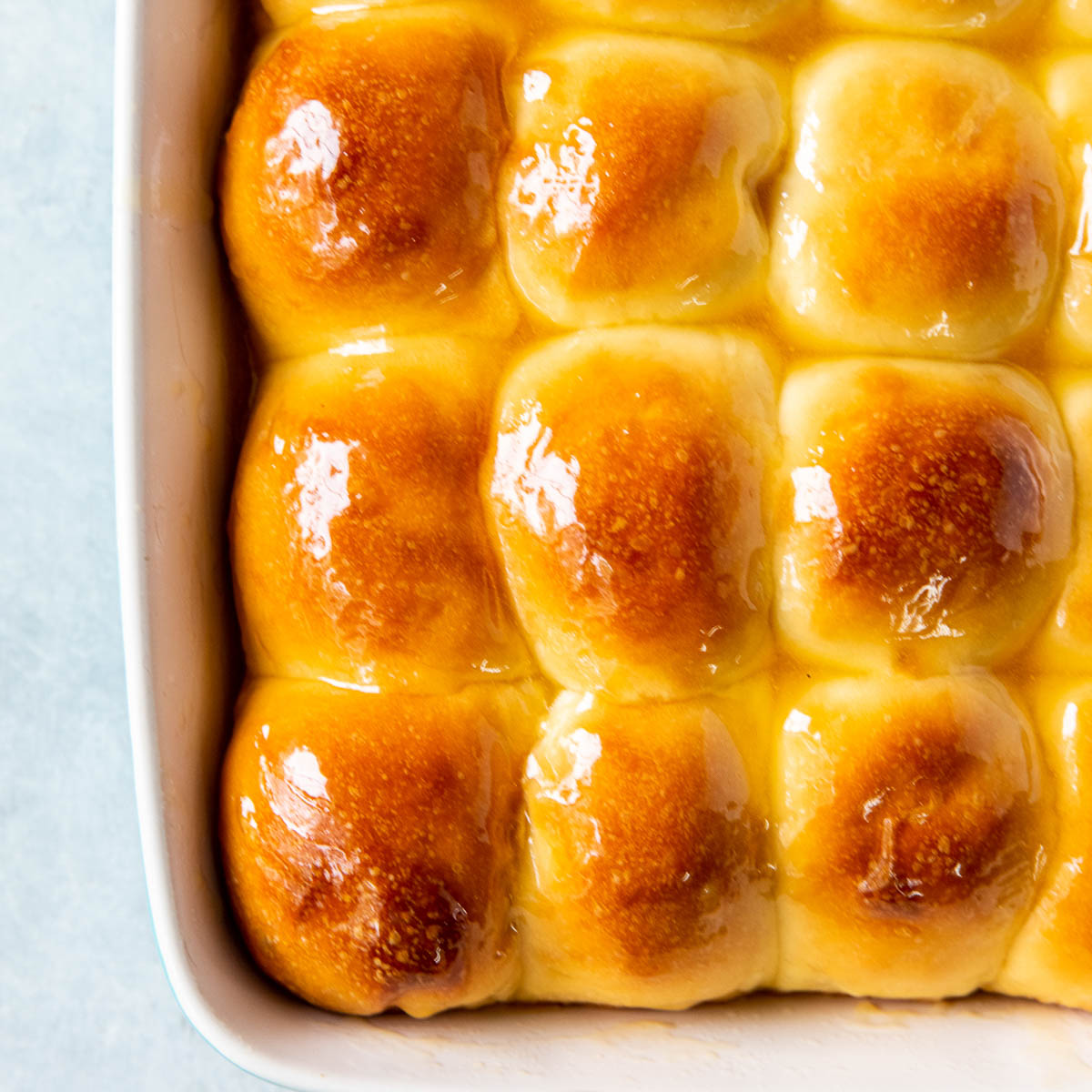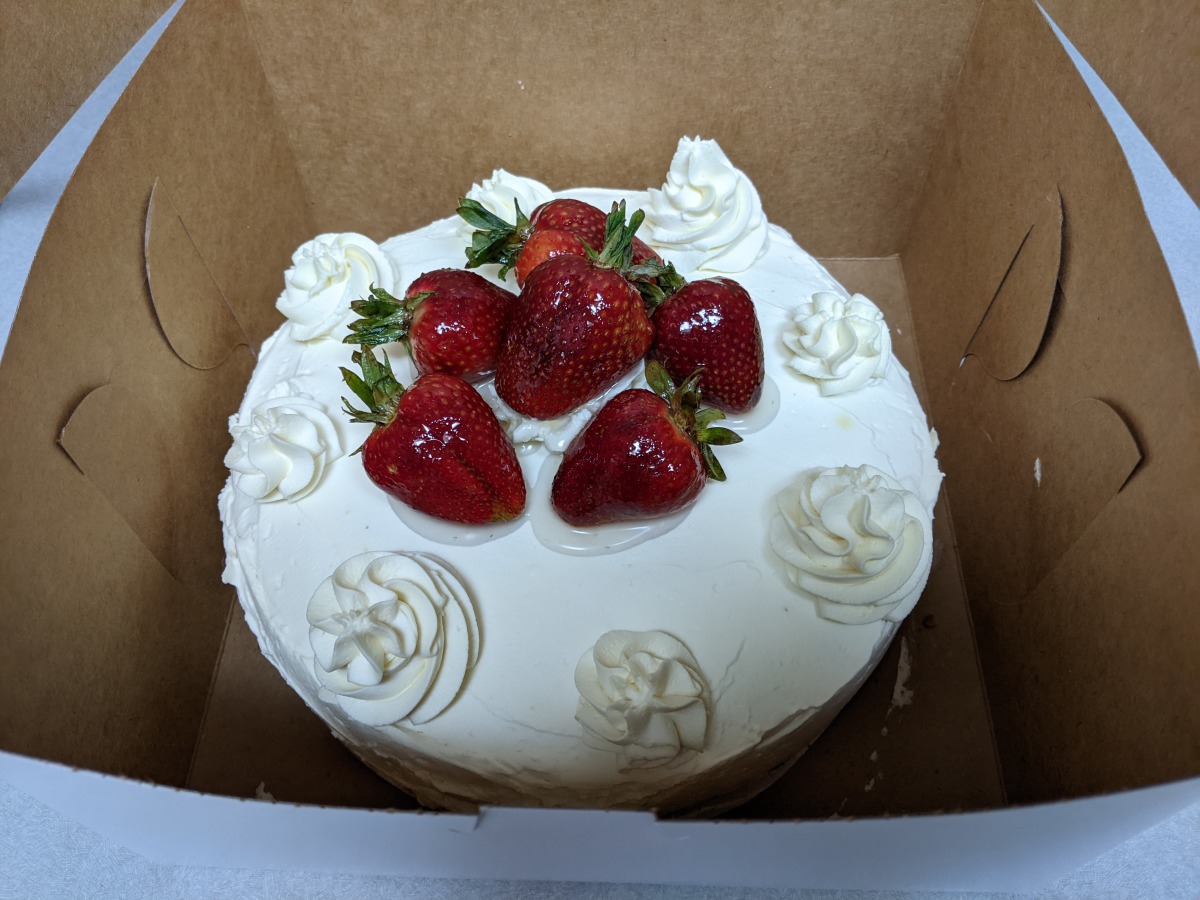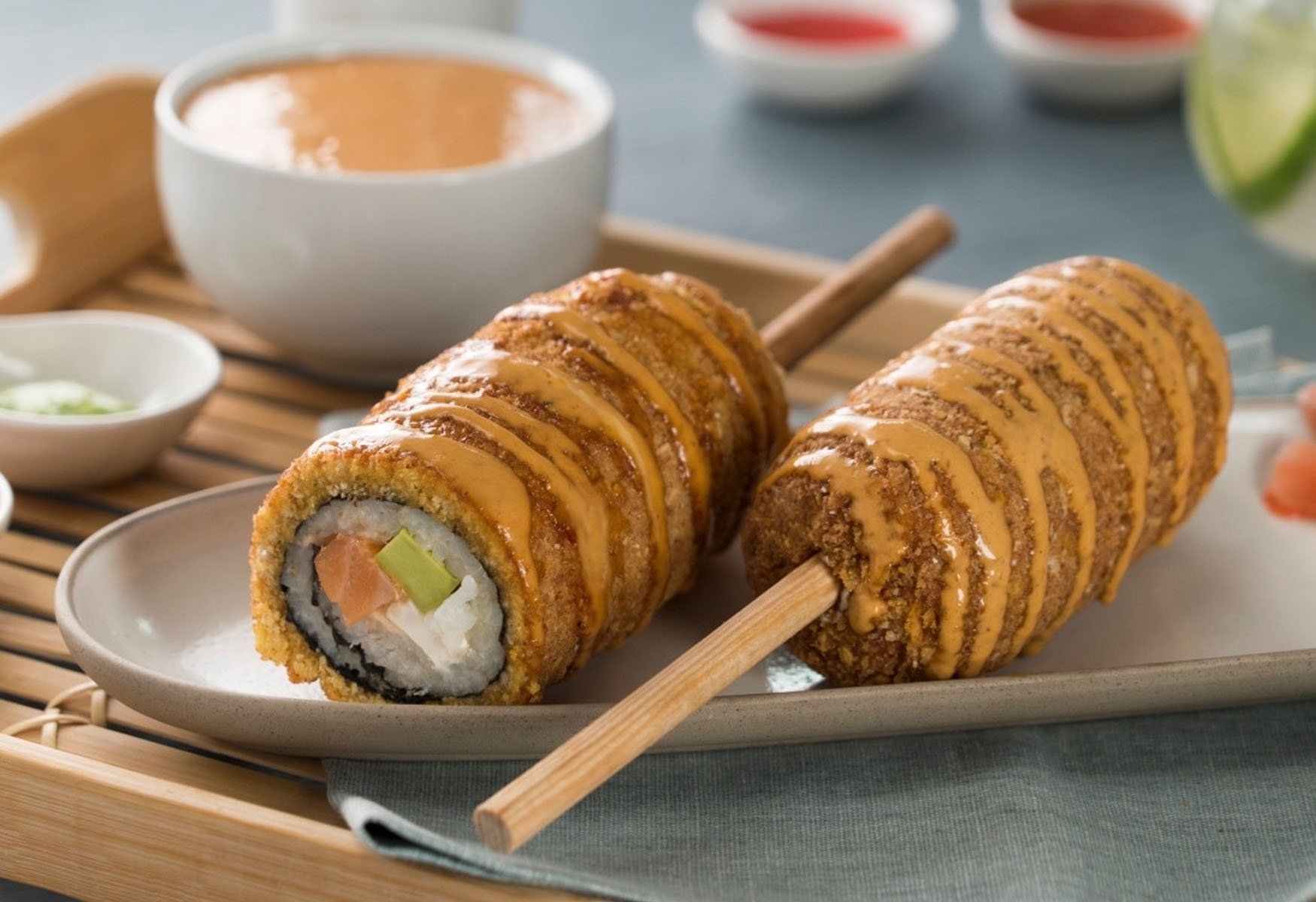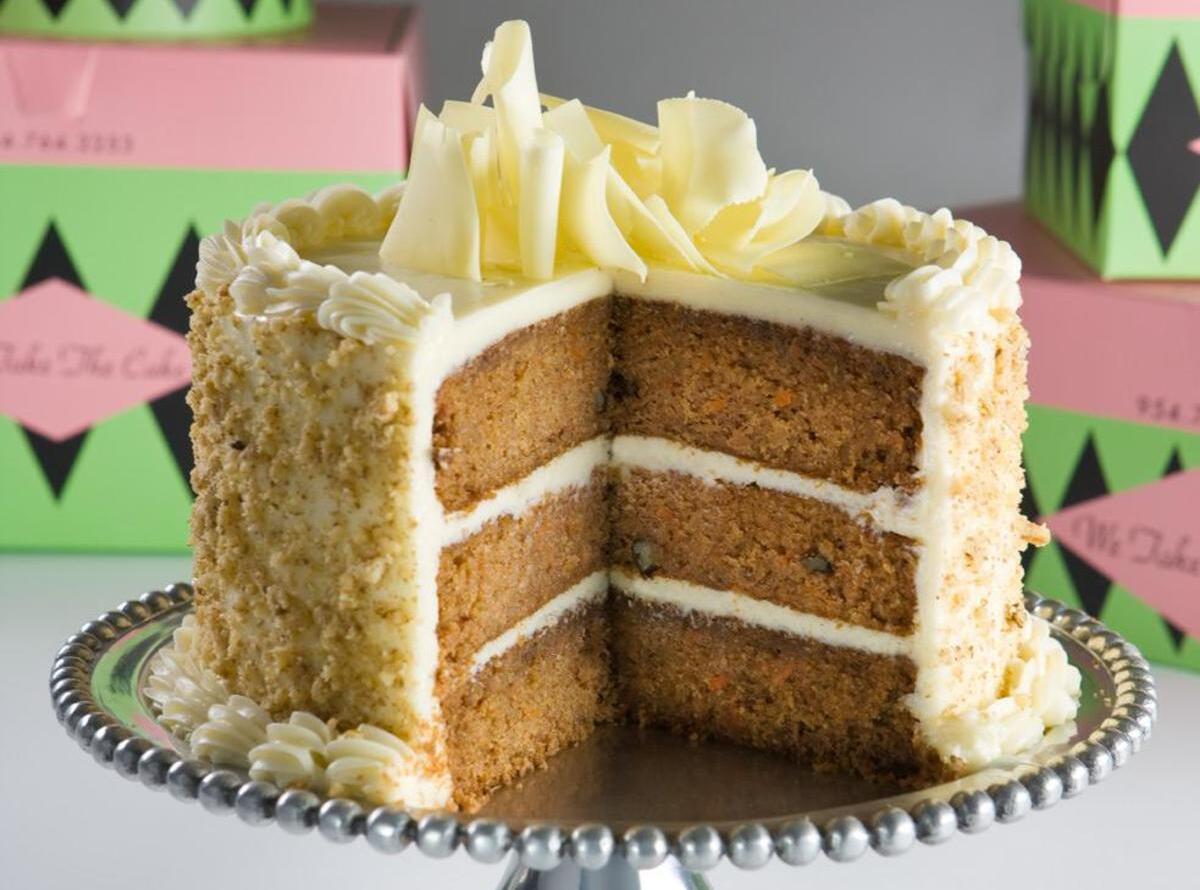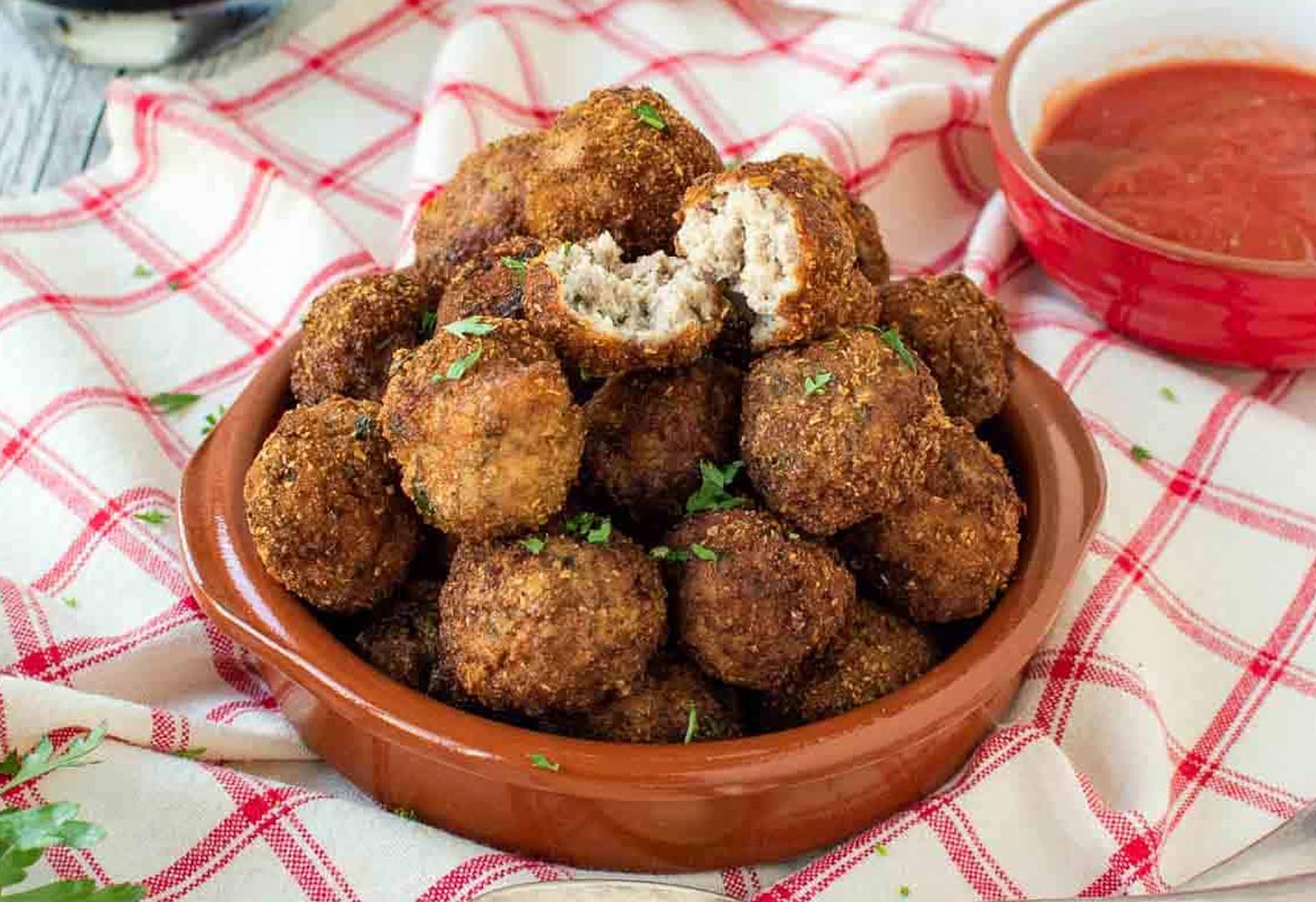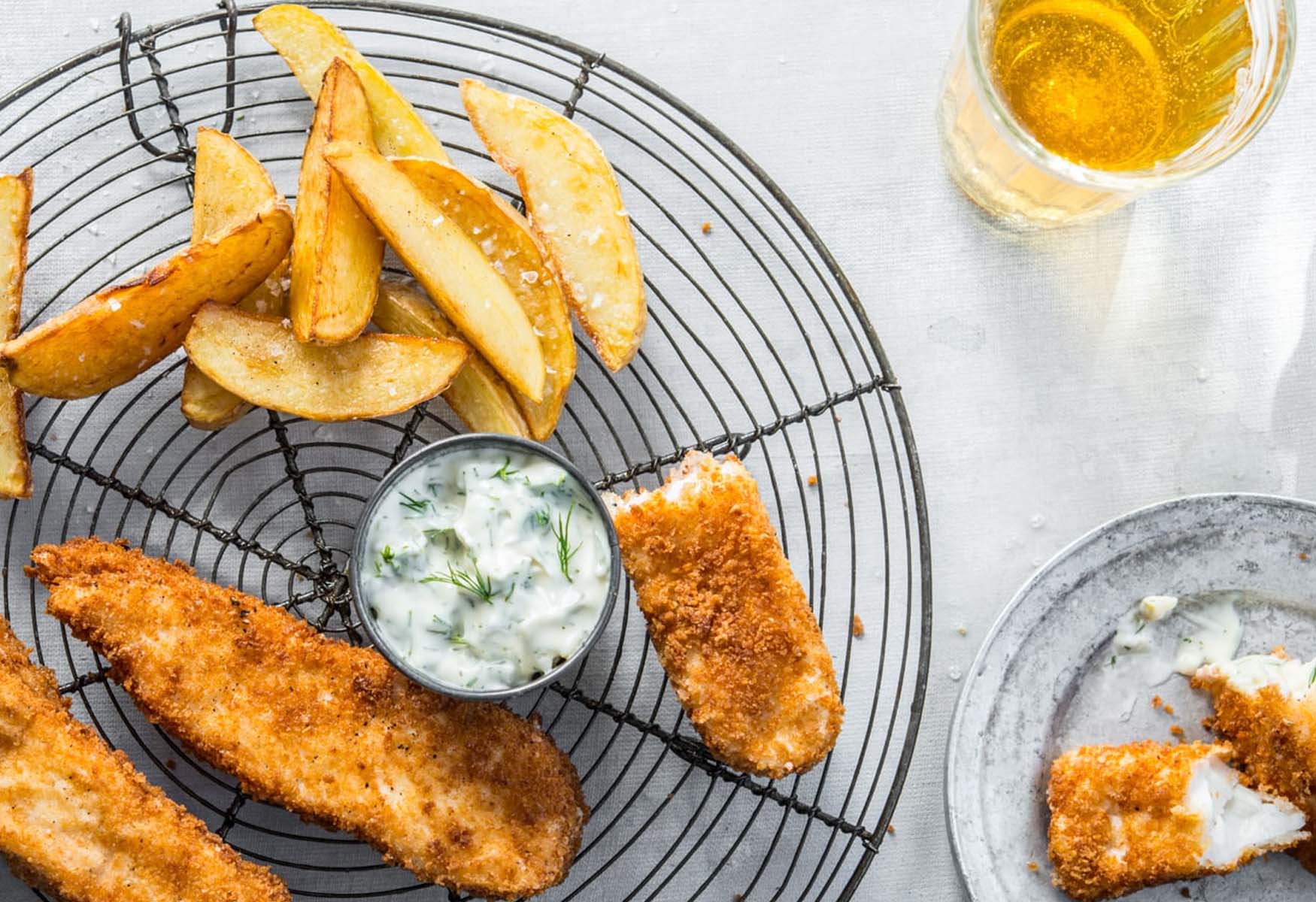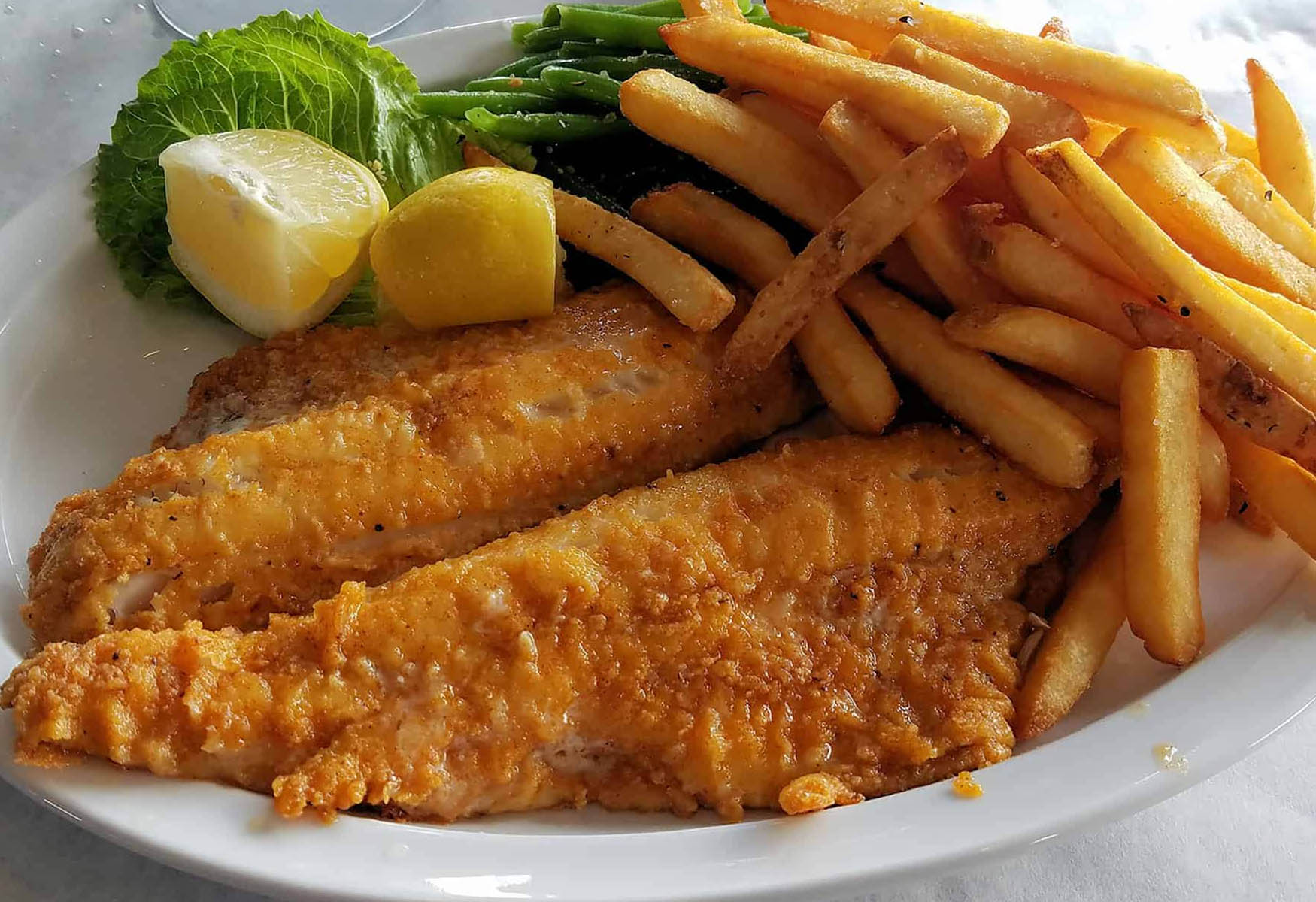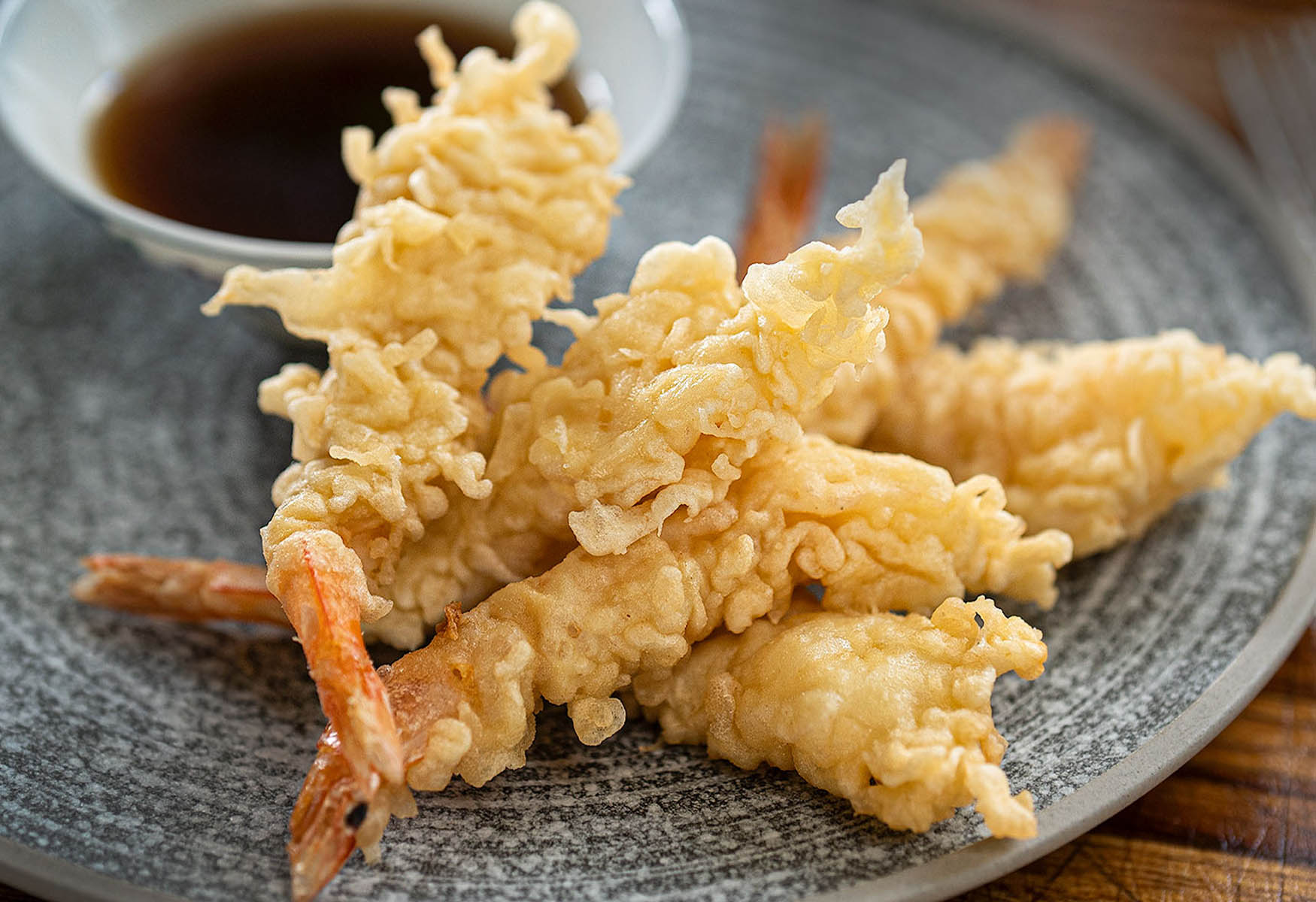Mastering the Art of Glazing Pastry
Glazing pastry is a simple yet essential technique that can take your pastries to the next level. Whether you’re making croissants, tarts, or danishes, a well-executed glaze can add a beautiful shine and a touch of sweetness to your baked goods. In this guide, we’ll walk you through the steps to achieve the perfect glaze for your pastry creations.
Types of Glazes
Before we dive into the process of glazing pastry, it’s important to understand the different types of glazes you can use. Here are a few common options:
- Egg Wash: A simple mixture of beaten eggs and sometimes water or milk, egg wash can give pastries a golden-brown sheen.
- Sugar Glaze: Made with powdered sugar and liquid (such as water, milk, or citrus juice), this glaze adds sweetness and a glossy finish to pastries.
- Fruit Glaze: A mixture of fruit preserves or jelly, heated and strained to remove any lumps, fruit glaze adds flavor and shine to pastries.
Steps to Glazing Pastry
Now that you’re familiar with the types of glazes, let’s go through the general steps to glaze pastry:
- Prepare Your Pastry: Whether you’re working with puff pastry, pie dough, or another type of pastry, make sure it’s fully baked and cooled before applying the glaze.
- Choose Your Glaze: Select the type of glaze that best suits your pastry. For a savory pastry, an egg wash might be ideal, while a sweet pastry could benefit from a sugar or fruit glaze.
- Apply the Glaze: Using a pastry brush, gently apply the glaze to the surface of the pastry. Be careful not to press too hard and deflate the pastry.
- Bake or Let Set: Depending on the recipe, you may need to bake the glazed pastry for a few minutes to set the glaze, or you may simply let it set at room temperature.
Tips for Perfect Glazing
Here are a few additional tips to help you achieve the perfect glaze:
- Strain Your Glaze: If you’re making a fruit glaze, be sure to strain it to remove any lumps or fruit pieces for a smooth finish.
- Don’t Overdo It: Apply the glaze in a thin, even layer. Too much glaze can make the pastry soggy or overly sweet.
- Experiment with Flavors: Get creative with your glazes by adding extracts, citrus zest, or spices to complement the flavors of your pastry.
- Consider Double-Glazing: For an extra layer of shine, you can double-glaze your pastries by applying a second coat of glaze after the first has set.
Conclusion
Mastering the art of glazing pastry can elevate your baked creations and impress your friends and family. Whether you opt for a simple egg wash or a flavorful fruit glaze, the process of glazing pastry is a rewarding final touch that adds both visual appeal and taste. With a bit of practice and creativity, you’ll soon be glazing pastries like a pro!
More Delicious Pastry Recipes to Try
Having mastered the art of pastry glazing, it's time to put your skills to the test with a variety of recipes that showcase this technique. From the savory delights of Savory Beef Wellington to the sweet indulgence of Classic French Croissants, there is something for every palate. We recommend starting with the Traditional Apple Pie for its classic appeal and straightforward method, perfect for honing your glazing skills. For those seeking a challenge, the intricate layers of the Custard-filled Danish Pastries will not disappoint. Each recipe offers a unique opportunity to practice and perfect your glazing, ensuring your pastries are not only delicious but visually stunning as well.
